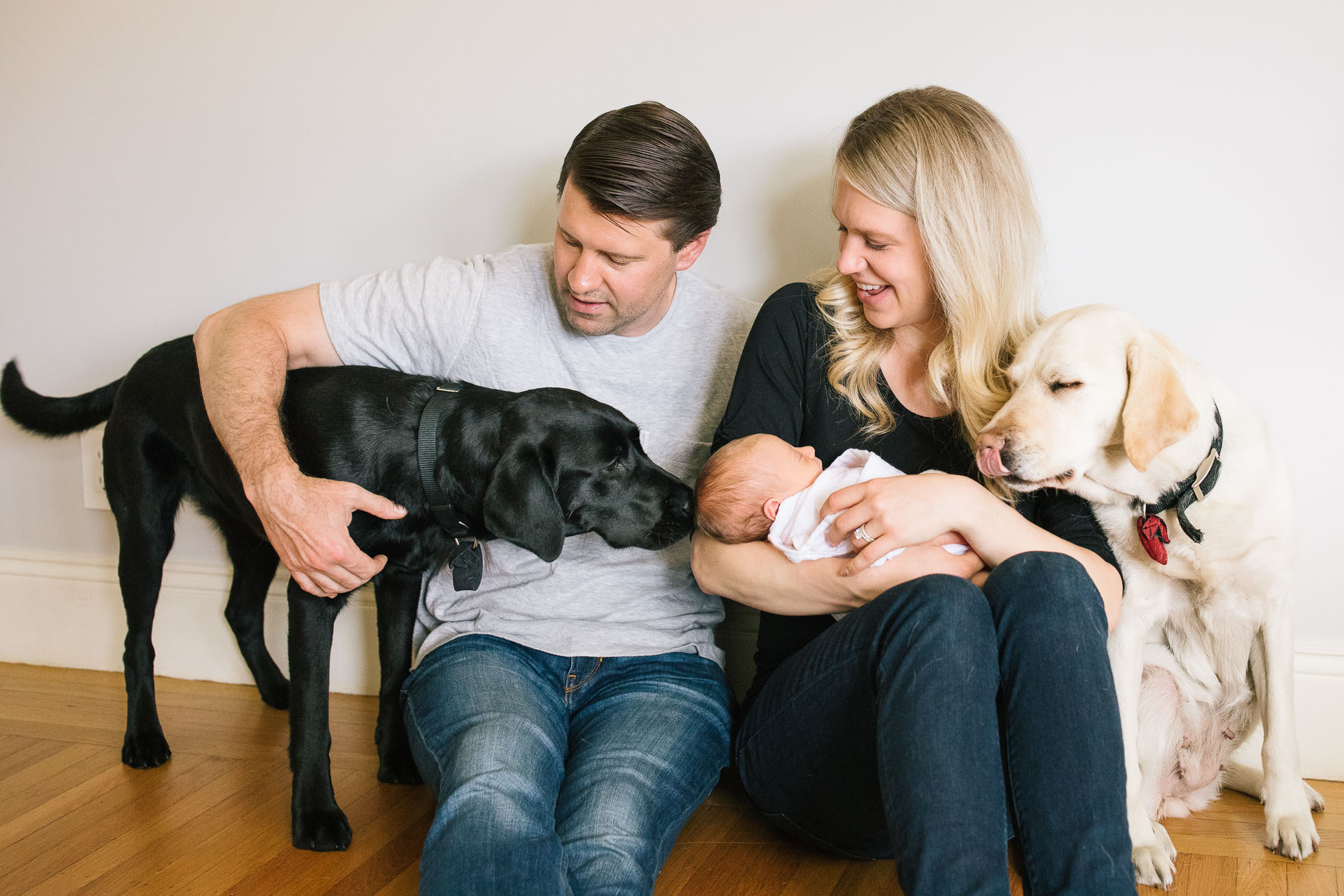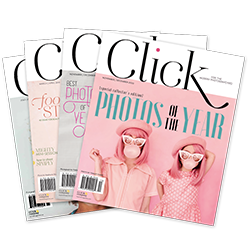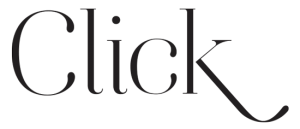If you want to attract your ideal clients — the ones you totally vibe with and want to chat with for hours after the photo session ends — then you need to be putting yourself out there. Yep, that’s right, you need to show them who YOU are. And I don’t just mean showcasing your unique photographic style (though that’s super important too), I mean giving clients a look into what’s important to you. I’ve found that the best way to do that is through your photography blog.
I’m going to tell you a secret: A great blogging strategy isn’t just about posting your fabulous work and having good SEO. If you want to be attracting your dream clients, you need to be diversifying your blog content and sharing more about what drives you as an artist, as a photographer and as a human being. When I started doing this with my own blog, I saw immediate results. Not only did I double the traffic to my website, but I’m attracting the clients I truly want to work with. Oh, and I actually enjoy blogging now!
Here’s how to avoid blogger burnout, improve your SEO and effortlessly create micro-content for your social media while building connections with your ideal clients.
4 Steps to creating blog content that attracts your ideal clients.
While diversifying your blog content might not sound like a super fun thing to do, it actually is! All you have to do is be authentically, honestly, YOU. When you share yourself with your potential clients, you’re giving them a chance to hire you based on your personality, style, humor, passions AND your photography. So, after reading your blog, a client should know if you’re “the one” before they even open your “contact me” form. Those are the clients you want.
Here’s how to create a blogging strategy that shows who you really are:
1. Brainstorm topics that make you chatty.
Identify what you want to share about yourself with your clients. It can be anything! What gets you talking? Think of three to five broad topic categories that you enjoy and write them down. Your categories might be things like fashion, outdoor adventure, feminism, childhood, interior design or travel. The topic categories you choose should be broad enough to break down into many smaller story ideas and should be subjects you love to think about, discuss, write about, photograph and live.
For example, I love talking about motherhood. Being a mother the psychology of motherhood and generational stories about motherhood all get me feeling chatty. By weaving in my interest in motherhood on my blog and including pro-quality photos on this topic, I’m able to speak directly to other women who share this same interest. It’s how I showcase my best work and connect with potential clients at the same time. It also keeps my creative juices flowing when I’m planning and writing my blog content.

2. Connect your topics of interest to your photography business.
Now it’s time to brainstorm story ideas for each of your main topic categories. For example, if one of your categories is fashion you could brainstorm ideas about why you hate stilettos or why you love when kids get to pick out their outfits. The purpose of these personal blog posts isn’t about selling clients on your service or writing a sales pitch. Instead, you’re building a bridge between your photography services and engaging authentically with your ideal client.
A great example is Ben & Jerry’s ice cream. No one ever associates ice cream to social change but the founders were passionate about having a social mission to make the world a better place – because that’s what interests them. So the people who care about the fight against climate change and democracy, for example, propelled Ben & Jerry’s into an iconic brand. You guys, Ben & Jerry’s literally writes content about how climate change will destroy Ben & Jerry’s flavors (can’t grow cocoa beans if climate change happens after all)! Do you see the bridge now?
An example from my own blog is a post about why parents become more nostalgic as they age. The story builds from my love of talking about motherhood and goes into the ideas of nostalgia and children growing up. I then weave in why it’s important to remember through photos and even include a direct call to action at the end of the post. Here, I’ve shared something that’s important to me personally and directly relates to photography.

3. Pull it all together with your amazing photography skills.
It’s important for your blog posts to have images to help breakup and illustrate the text. Hello you’re a photographer – easy peasy. But be mindful that the images in your diversified content need to represent you as a photographer and should look cohesive with all of the other work on your photography website. Only use photos that are of a quality and style that represent you as a pro photographer. You can choose photos from your archives to do a shoot specifically to illustrate a certain post. Just make sure to always share your best work.
4. Share your blog content on social media.
Now that you have the content written and images uploaded, it’s time to distribute your stories to your social media. You’ll want to condense your blog post down to a paragraph at the longest or, depending on the content, you can post it in chunks. Using diverse blog content, you’ll be able to fill your social media feeds with engaging content that’s more than just a photo caption (we’ve all been there, staring at the content box, wondering what to type). Using diverse blog content gives you something to say and allows your followers to engage.
3 Reasons diversifying your blog content is super important.
If you’re still not convinced that sharing little pieces of you with potential clients is a good idea, I’m going to change your mind. Here are the top three reasons to implement a diverse blogging strategy and get personal with those posts:
1. You’ll attract your ideal clients by showing off your personality and skills.
Before you start hitting your head against the wall screaming, “I just want to take pictures!” Hear me out. Blogging is so important for your photography business because it allows you to talk directly to your clients.
Let me say it another way: Blogging allows you to invite your ideal client to chat. They are at home drinking wine searching online for an amazing photographer and there you are! So what if, in reality, you’re at home drinking cold coffee. You’re connecting with your tribe and attracting your ideal clients just by showcasing yourself online.
2. You’ll place yourself where your ideal clients are searching (hello, SEO!)
Blogging increases your website’s SEO, which helps boost your ranking for organic searches. We all strive to be listed on page one of Google search results, #amiright? Well, that is achieved by writing rich content that search engine bots can crawl and rank.
While there are hundreds of factors that go into search engine algorithms, the main point is that search engines want content that’s written for readers, not content created for search engines. This is important because having lots of content — ahem, from your blog — for search engines to crawl and index marks your website as a resource with information for people to consume.
You might also like: Your next photography client could be standing right next to you

3. You’ll avoid the dreaded blogger burnout.
If your blogging efforts fizzle before you even start, then writing content that matters uniquely to you — yes, YOU the person — will help you avoid burnout and keep the ideas flowing. People want and desire genuine relationships with businesses. They decide if a brand is authentic partly based on communication tools, such as the blog and social media channels. Write about what you like and your clients will see your business as authentic.
Intensify your efforts with social media.
Does social media actually attract clients? Yup. Social media channels such as Instagram and Facebook are becoming a low-commitment way for potential clients to interact with you. Plus, Instagram and Facebook continue to roll out features that make contacting businesses directly through the app easier. But that doesn’t mean content creation and blogging gets put in the corner. In fact, I personally think this makes blogging all the more important.
Psst, here’s a secret: Having diverse blog content is the perfect way to jumpstart your social media channels. By breaking down your blog posts into bite-sized micro-content, you’ll be able to create lots of posts from the same blog article. And, the upside to creating synergies between your blog and social media channels is that your message is distributed widely and you’ll have content to share across all platforms. This creates authenticity and consistency, which will help you attract your ideal photography clients.
Show me results!
After implementing this content strategy for my own photography business, I saw an immediate response. I had my ideal clients contacting me and some even wrote, “I love your blog,” in the inquiry online form. It felt like magic, but it was really just putting together a cohesive content strategy plan that was authentic to my interests.
By diversifying blog content, I have also doubled my website traffic compared to the same months from last year. And, the greatest upside to me is that I get excited about the content I’m writing and look forward to sitting down and writing my blog posts for the month. Hallelujah!

Getting personal
Don’t shy away from getting personal on your “about me” page. Sharing honest tidbits about yourself is a smart and easy tactic to attract your ideal client. When potential clients connect with the content on your “about me” page on a personal level, they’re more likely to reach out and hire you.
How can you take your “about me” page from generic to personal? Share a least three personal topics that are important/fun/honest to you. Write out bullet points or write a narrative focused on each topic. Remember, what’s important to you will be important to your ideal client, too.
What topics are you going to use to diversify your blog and attract your ideal clients? What makes you chatty? Let me know in the comments! And, I’m happy to answer any questions.
All photos by Tarah Beaven



